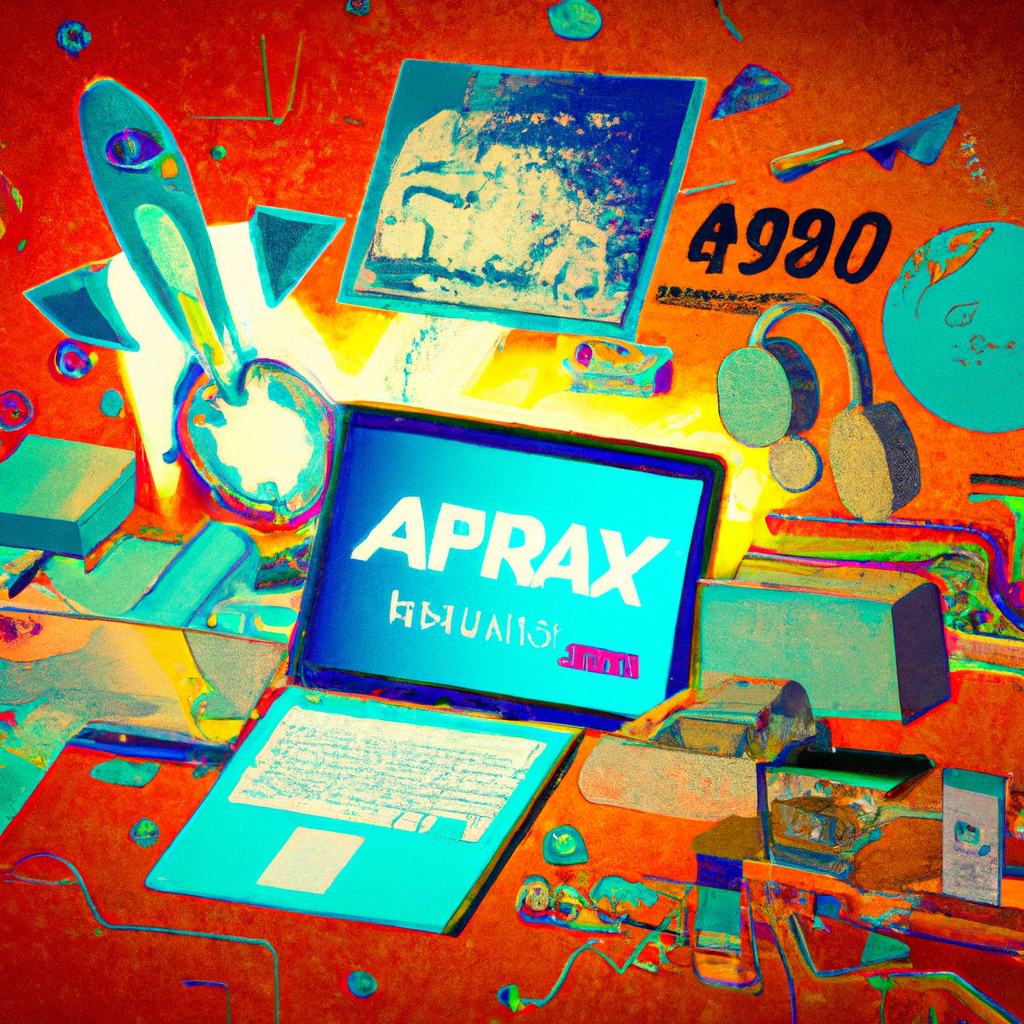Revolutionizing Connectivity: A Deep Dive into the History of the Internet
As we navigate through the second quarter of 2025, it’s crucial to reflect on the transformative journey of one of the most significant inventions of the 20th century—the Internet. This exploration not only sheds light on its origins but also its exponential impact on global communication and information sharing.
The Origins and Evolution
The concept of a network of computers dates back to the 1960s with the development of ARPANET, funded by the U.S. Department of Defense. ARPANET’s initial purpose was to share information and resources among computers at different locations. By the late 1980s, the network had evolved into what we now recognize as the Internet, spurred by the invention of the TCP/IP protocol suite by Vint Cerf and Bob Kahn.
The Commercial Boom
By the early 1990s, the Internet had begun to take a commercial turn with the introduction of the World Wide Web by Tim Berners-Lee. This innovation provided a user-friendly interface to access data over the Internet, leading to an explosion in usage and content creation. Companies like Amazon and Google were born in this era, fundamentally changing commerce and information retrieval.
The Broadband Era
Entering the 21st century, the proliferation of broadband connections brought about another significant shift. High-speed internet became synonymous with modern living, enabling innovations such as streaming services, cloud computing, and eventually, the rise of IoT (Internet of Things).
Impact on Society and Culture
The Internet has done more than just revolutionize communication; it has altered the very fabric of society and culture. It has democratized information, given rise to new forms of social interactions, and reshaped politics. As of 2025, its role in fostering global movements and providing a platform for diverse voices stands as a testament to its revolutionary impact.
Looking Forward
As we look towards the future, the Internet’s trajectory continues to promise further innovations in AI, quantum computing, and next-generation wireless technology. Understanding its history not only informs us about technological progression but also prepares us for the digital challenges ahead.






